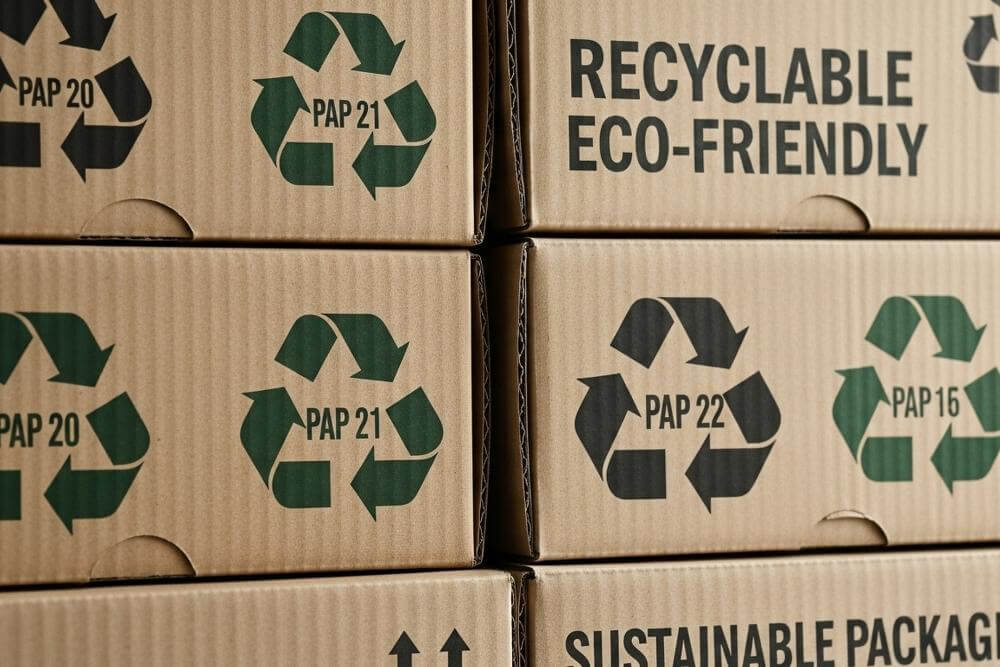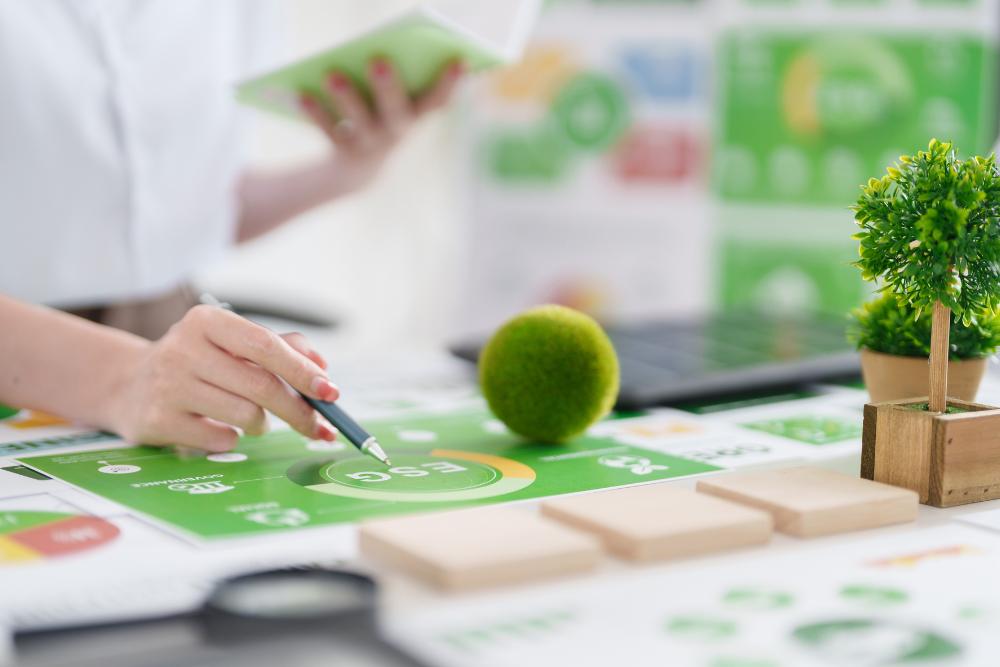
The UK experienced an energy crisis in 2022, which is a key driver of the cost-of-living crisis now hitting small businesses, especially those who fixed-rate contracts are coming to an end. We saw unprecedented increases of over 200% but now starting to see reductions in costs starting to fall, making the cost of energy more affordable but still around double the cost than what they were in 2021.
The future still remains uncertain so considering options to reduce energy consumption and consider ways to rely less on the grid is becoming more and more necessary.
So why is this happening?
Currently, fossil fuels make up three-quarters of the UK’s energy mix, with oil and gas being used to generate electricity, heat our homes and fuel our vehicles. As a result of international agreements and domestic legislation on meeting Net Zero, the UK has been pressing ahead with its renewable energy ambitions. In light of Russia’s ongoing invasion of Ukraine and the resulting surge in oil and gas prices, there is a renewed focus on how the UK can improve its energy security and accelerate the shift away from fossil fuels.
“Fossil fuel dependency in the United Kingdom stood at 78.3 percent in 2021. The UK's dependence on fossil fuels has decreased considerably in the period of consideration, from a peak of 96.5percent in 1970”
Understanding the cost…
Its important to understand, not just the cost of energy and the environmental impact, but the transmission and distribution costs that are applied. We know that electricity is generated mainly by the burning of fossil fuels (as well as renewable sources) but these activities in themselves not only have a significant carbon cost but is directly charged to the energy supplier and then passed onto the customer. In the UK, we see these costs included within the unit charge.
We are also responsible for how much energy we use in our supply chain. This includes the energy we use on site (Scope 1 & 2 emissions) plus the energy used to create the raw materials or products we “buy in”. As consumers, we have had it far good and too cheap for far too long.
Energy saving and reduction strategies
Firstly, before plastering over the problem of energy wasted in our own operations and supply chains, we need to look at how we use energy. If you can’t measure, you can’t manage, right? There are many ways to understand, measure, monitor and reduce with various technologies and methods available. These can include smart meters and software, half-hourly data, energy audits like non-residential EPC, and ESOS audits.
These readily available monitoring methods can not only provide you with the data, but help influence key decisions in your business as we understand that energy efficiency is not always about spending money on technological solutions. As money for capital expenditure projects is in short supply, businesses will often want to push existing assets to efficiency limits to reduce operating costs.
What can we do?
There are plenty of ways to immediately reduce your energy reliance. This will help you mitigate future rising costs to ensure operation resilience as well as minimise your carbon footprint.
These options include;
1. Install renewable, low-carbon solutions such as solar PV, heat pumps or wind-powered electricity (if feasible)
2. Review working practices – How is your renewable energy efficiency operating currently? What is your staff occupancy at the beginning of the week compared to a Friday? If you operate a small office or retail environment changes can be made quickly in buildings. What is your work travel policy? Are staff incentivised to use public transport, cycle, or walk?
3. Invest in energy monitoring equipment such as s and software to help you understand and manage your consumption
4. Invest in energy-efficient measures – This can include LED lighting, improving building insulation, sourcing low-e systems and appliances
5. Switch to renewable and ethical energy sources. This could be a simple as choosing an ethical green energy supplier (avoiding REGO-backed energy). Although this process won't reduce your consumption, it will reduce your carbon footprint by approx. 91%.(as you will still need to compensate for transmission and distribution in your carbon footprint calculation).
Sustainable investment in solar panels and air or ground source heat pumps (if feasible) could be a good option. Due to the particularly high returns that solar panels deliver, this technology is one of the most popular sustainable solutions to date. Thousands of UK businesses have now switched to solar to power their operations. A typical commercial solar panel system could provide low cost even free electricity for more than 25 years, achieve financial returns of up to 20% per annum and pay back installation costs in 5- 7 years (not including SEG payments). The advantage of investing in a performing heat pump is that they can replace any reliance on natural gas.

Developing an EPD can ensure you meet tender requirements, as well as providing an opportunity to understand and reduce the true environmental impact of your products.

Understanding the Transition from SECR to UK SRS. The UK government is replacing the current Streamlined Energy and Carbon Reporting (SECR) framework with the more comprehensive UK Sustainability Reporting Standards (UK SRS).

As part of its Net Zero Supplier Roadmap, the NHS has announced that by April 2027, all suppliers, including those providing food, medical products, and services, will be required to submit a comprehensive Carbon Reduction Plan (CRP).

Carbon Sense is your expert partner in carbon reduction. We support UK organisations to understand, measure, and reduce their carbon footprint, save energy, and make sense of sustainability. With a practical, no-nonsense approach, we help you achieve Net Zero goals while protecting your bottom line.

"We are excited to support the awards this year and are honoured to sponsor the Carbon Positive category. At this crucial time, carbon mitigation and an embedded strategy to achieve Net Zero are vital to avoid further climate change catastrophes".

In a world increasingly focused on sustainability, Carbon Literacy has emerged as an essential tool for businesses seeking to reduce their environmental impact. Carbon Sense understands the value and benefits of Carbon Literacy Training whether for a team within your business, or for your entire organisation.

A carbon reduction or decarbonisation plan is a set of strategies and actions that an organisation, community, or government implements to reduce its carbon footprint and mitigate the effects of climate change.

Carbon credits, and their differences, is a frequent topic of discussion. When developing a sustainability strategy or communicating about sustainability, its essential for businesses to understand these differences

Pathway to Net Zero, launched in November 2023 is a fully funded support programme helping businesses adopt more environmentally conscious processes and move towards becoming Net Zero.

The future still remains uncertain so considering options to reduce energy consumption to rely less on the grid is becoming more and more necessary.

Climate change has become a key issue for us all. With scientific reports being released every day, we now know more about the changes that are happening to the Earth’s systems.

The impact of the industrial revolution has created a climate where pretty much all our activities have an impact on the environment.

By reducing your organisation’s carbon footprint you can reduce your impact on the environment and resources.

There is a wealth of research being undertaken by the leading academics studying climate change and assessing how we can build climate resilience and reduce risk.

It is important to get good advice to ensure that you avoid the common pitfalls and have a plan that works for you and achieves genuine environmental benefits.